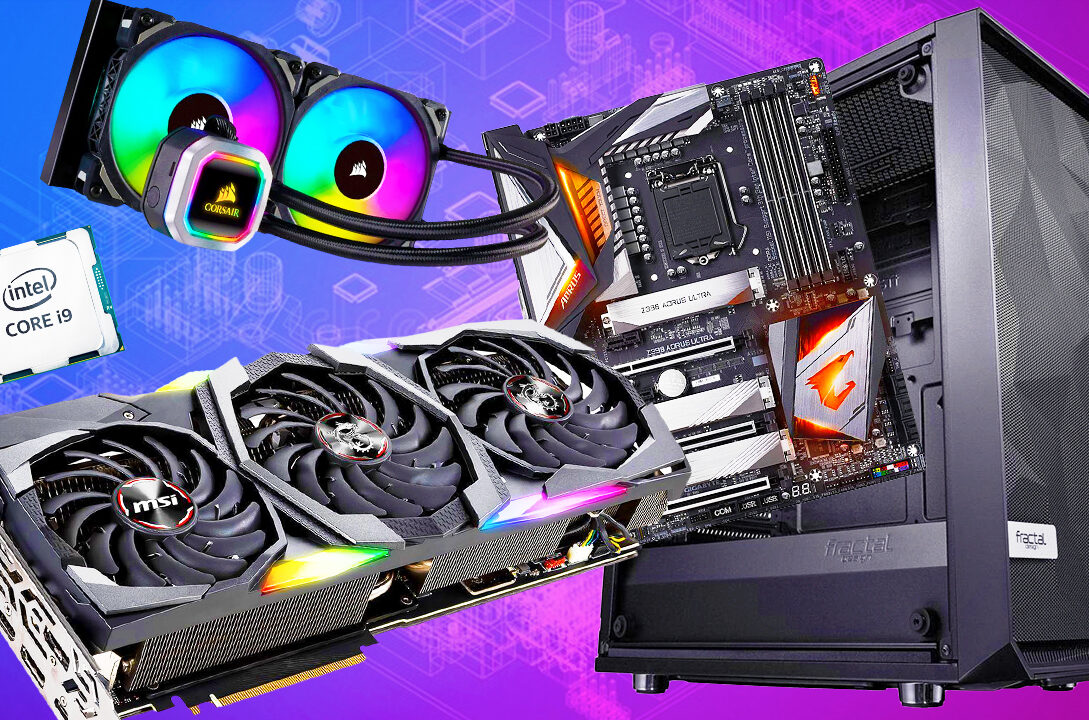Building a custom gaming PC might seem intimidating if you’re new to the world of computer hardware, but with a clear plan and the right components, it’s an incredibly rewarding project that can save money and deliver exactly the performance you want. The first step is to define your gaming needs and budget—knowing the types of games you play and the graphics quality you desire will guide your choice of parts. Start by selecting a compatible CPU (central processing unit) and GPU (graphics processing unit), as these are the heart of your gaming rig. Popular choices for beginners include mid-range Intel or AMD processors paired with NVIDIA or AMD graphics cards that balance power and cost.
Next, choose a motherboard that supports your CPU and has the necessary ports and expansion slots for future upgrades. Then, pick the right amount of RAM, typically 16GB is ideal for gaming today, ensuring smooth multitasking and fast loading times. Storage is another key consideration — combining a solid-state drive (SSD) for your operating system and frequently played games with a traditional hard drive (HDD) for mass storage gives you speed and space without breaking the bank.
Once you have your core components, select a power supply unit (PSU) with enough wattage to handle your setup, plus some headroom for upgrades. Then, decide on a case that fits your parts and provides good airflow to keep temperatures low during intense gaming sessions. Don’t forget essential peripherals like a quality monitor, keyboard, and mouse to complete your setup.
The assembly itself involves careful, static-free handling of components, starting with installing the CPU and RAM onto the motherboard, mounting the motherboard into the case, connecting storage drives, GPU, PSU, and all necessary cables. Many online tutorials and videos break down each step in detail, making it accessible even for beginners. After assembly, you’ll install your operating system, update drivers, and tweak settings for optimal performance.
Building your own gaming PC allows customization not just in hardware but also aesthetics — from RGB lighting to custom cooling solutions, you can make a machine that’s uniquely yours. While it requires patience and attention to detail, the process teaches valuable tech skills and results in a powerful, personalized gaming experience built to suit your exact preferences and budget.




